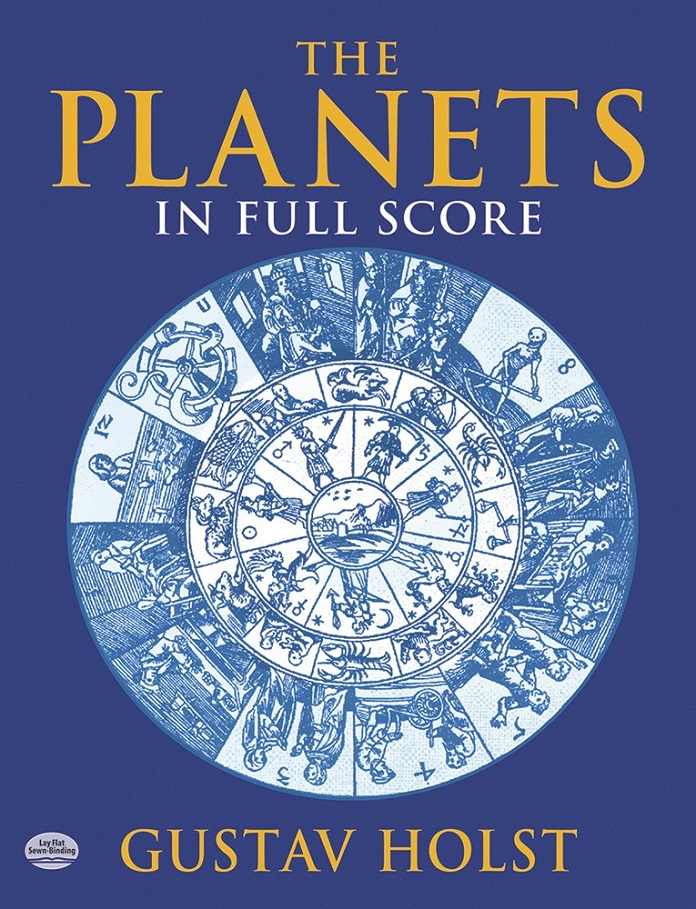
During a recent conversation, someone mentioned the expression “musical score” but it was clear from the context that he wasn’t quite sure what it meant. Many people are puzzled about things that professional musicians take for granted. For example, what is the role of the concert master? What is the exact role of conductors, when so often they appear to be doing very little? And exactly how do those signs on paper become converted into a rich orchestral sound that can fill a concert hall?
But let’s get back to the musical score. We need to dig into a bit of history first. You might be surprised to know that music notation didn’t appear in Europe until the ninth century. It was somewhat inexact and intended as a mnemonic for those who knew the music already. A melody was represented by a line of squiggles, known as neums, which gave an indication of the melodic line. At the beginning of the 11th century, the Benedictine monk Guido d’Arezzo hit on the idea of placing the squiggles on a set of horizontal lines which showed more clearly how they were related. To this day, music is always written on a similar set of horizontal lines called a staff. (The plural incidentally, is staves.) By the 12th century, notation had developed sufficiently to indicate a melody with some degree of accuracy. The major problem was that no one could figure out a way to notate rhythm.
At least, not until Franco of Cologne showed up. He was the most influential music theorist of his day. He suggested that the length of a note could be shown by its shape. For example, a filled-in diamond shaped note would last for one beat, an “empty” diamond-shape note would last for two beats and a square note would last for four beats. The notes were drawn on the set of five lines suggested by Guido d’Arezzo. I’ve simplified the explanation of the system enormously, but that’s the gist of it. And it was revolutionary. Franco had invented a system that became the basis of for all Western music notation ever since.
The fact that rhythm as well as pitch could be notated had enormous implications. By the start of the seventeenth century books of instrumental and vocal music were being published by the cart-load, thanks to the newly-invented press. They were mostly intended for home use and small ensembles.
It was not until the 18th century that orchestras began to emerge but they were compact enough for the players to hear each other. As they became larger and music became more complex, this was no longer the case. Opera was an obvious example because the singers and orchestral players couldn’t always hear each other. Someone was needed to coordinate the performance. A conductor became increasingly essential – someone who knew exactly what every instrument was playing – or was supposed to be playing. Thus arose the need for a musical score, a document showing every instrumental and vocal part. Armed with this rather weighty document, the conductor was able to direct the performance in the combined roles of today’s movie director and sound engineer. The expression “Full Score” merely emphasizes that every instrumental part is displayed in full detail and today, it’s customary for top-class conductors to commit the entire score to memory. Of course, orchestral players do not need the score; they need only their individual parts.
Mendelssohn wrote his first violin concerto when he was between twelve and fourteen, during the same period that he wrote his sparkling string symphonies. This well-known concerto was his final large orchestral work. It remains popular to this day and is an essential concerto for all aspiring concert violinists. Most of the concertos by Haydn and Mozart open with a substantial orchestral introduction, but in this one belongs to a new age. Mendelssohn ditched the introduction completely and also cut the conventional breaks between the three movements, so that the concerto is continuous. It was customary at the time to applaud between movements so perhaps this was Mendelssohn’s clever way of avoiding the unwelcome intrusion.
Tintagel village and its castle lie on the Atlantic coast of Cornwall and they’re closely associated with the legend of King Arthur and the Knights of the Round Table. Bax visited Tintagel Castle during the summer of 1917 and was so captivated with the atmosphere that he produced this joyous symphonic poem. The expansive music is meant to depict a castle standing heroically on the rocks, lashed by the waves of the Atlantic. The RTVE Symphony Orchestra (Orquesta Sinfónica de Radio Televisión Española) is based in Madrid and it gives a splendid performance under its English conductor.
 |
 |
 |





